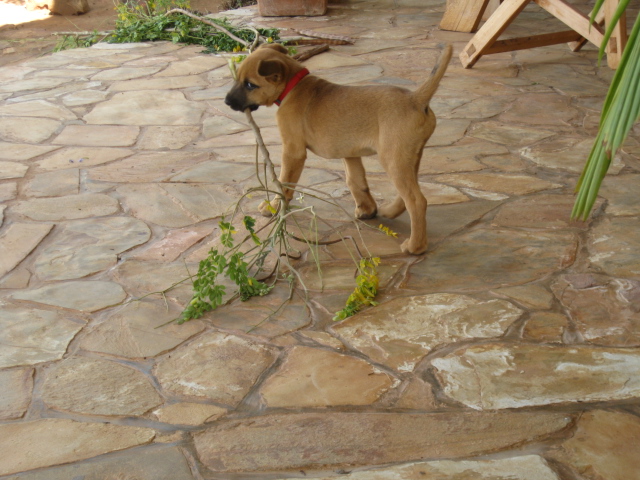Imagine knowing a possible solution to some great challenge that you feel is so easy to implement. Would you keep that knowledge to yourself? We all have our passions in global health, and we all know that solutions are in grasp, if only we can overcome barriers such as lack of resources or poor health behaviors. Although we shouldn’t force our ideas on others, or intervene without invitation, I’m confident that the more we share our excitement and energy around those ideas, the more people will learn and consider, and the more we’ll attract resources. Maybe some will even directly help us to overcome those barriers and adopt our ideas.
“She’s talking about Moringa again, isn’t she?”
I hear these words frequently…from friends who walk up to a conversation, and sometimes just by the excitement in my tone, know what I’m talking about. I find myself smiling as they often stay for the conversation, and I hope that perhaps this means they’re not too annoyed with my repetition, but instead interested in hearing more. How could I not be excited? The potential is so great for solving one of the greatest threats to the public’s health: malnutrition.
Moringa is a tree that grows throughout the tropics, often in the same regions malnutrition is most prevalent. It is drought resistant, rapidly growing and easy to cultivate. All aspects of the plant are useful – the leaves, pods, flowers and seeds can be eaten. The seeds can produce valuable oil and can also be ground up and used to purify water. The bark, roots and other parts of the plant have medicinal qualities. The leaves can also be used to increase milk production in nursing mothers, and to make organic plant fertilizer; and the list continues¹²³⁴.
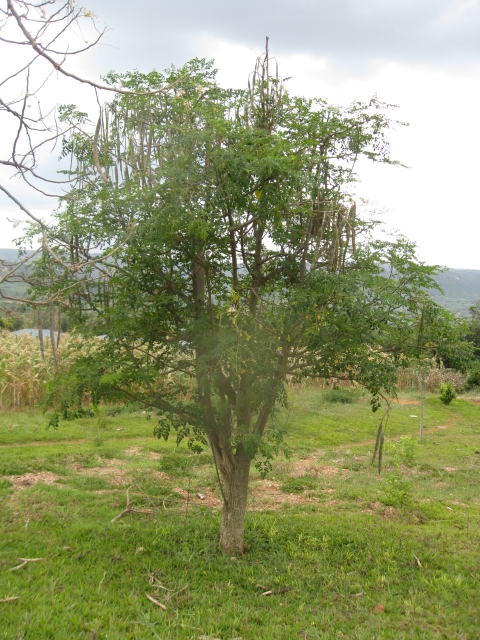
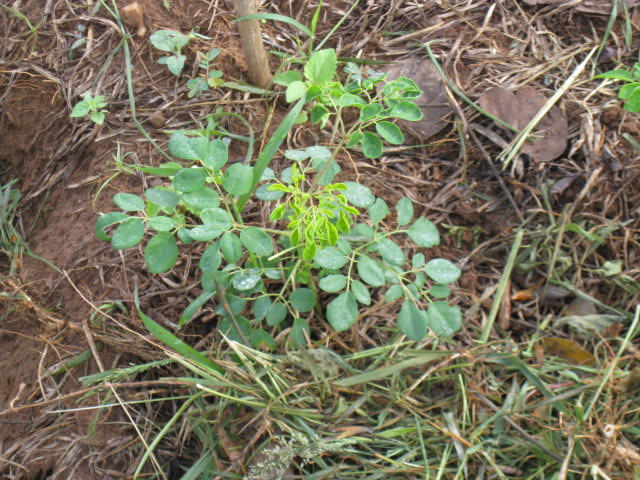
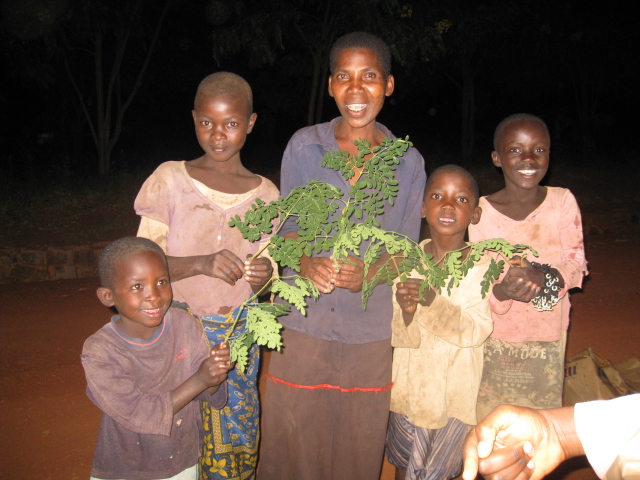
Moringa’s nutritional benefits are quite significant, especially the leaves. Some researchers say it contains up to seven times the vitamin C as oranges, four times the vitamin A as carrots, four times the calcium of milk, three times the potassium of bananas, three times the iron of spinach and twice the protein of yogurt. It also contains essential amino acids, anti-oxidants and the list continues¹²⁴⁵.
Even better news is that Moringa is already growing in Rwanda where approximately 44% of children under 5 are malnourished⁶. On my rides through the beautiful countryside, I often pass children standing by, waving to me in excitement. Some are visibly malnourished. Many more are likely malnourished as well, even if unseen. As I wave, I’ve started counting the Moringa trees that I pass on my way to the city. Between my small village and Kigali, I’ve counted about 42 trees just along the roadside. My M&E mindset leads me into calculating the probability that more grow within their villages, in their backyards. It’s quite likely. I hope to bring it from their backyards and into their kitchens.
Though I know I’ve already found some first followers here in Rwinkwavu (and enthusiasm for Moringa is evident globally), on my birthday, my present was the realization that people are listening and getting excited with me. Sitting at lunch, I was eagerly approached by the head of the kitchen. Rushing over with a prideful smile, he pointed to my plate, and said “Tiffany, today you eat Moringa!” At first I didn’t believe him – there was some green on my plate that was cooked and easily could’ve been something else, especially when added to another dish (Moringa has a mild flavor) so I questioned him – “are you sure this is Moringa?” He invited me to the kitchen, where he opened the fridge and said, “Of course, here are our leftovers!” revealing a whole bundle of Moringa. I was amazed. I had taught him a while back during a cooking workshop how to integrate Moringa into his usual recipes, but this time I hadn’t prompted its use and hadn’t helped him to find it. He did it all on his own, and seemed excited to do so. I hugged him, and said thanks for the birthday present!
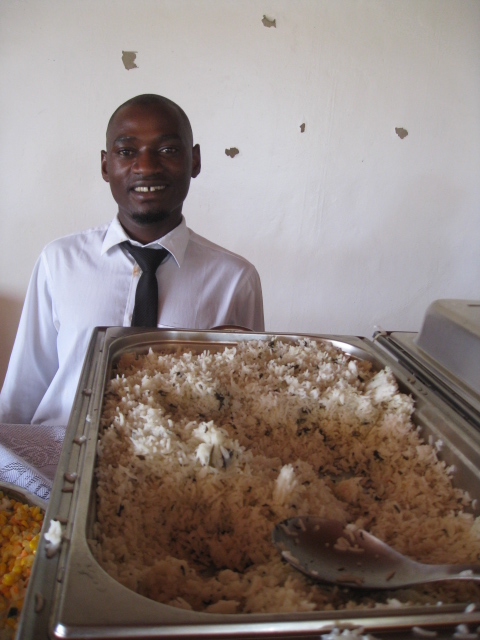
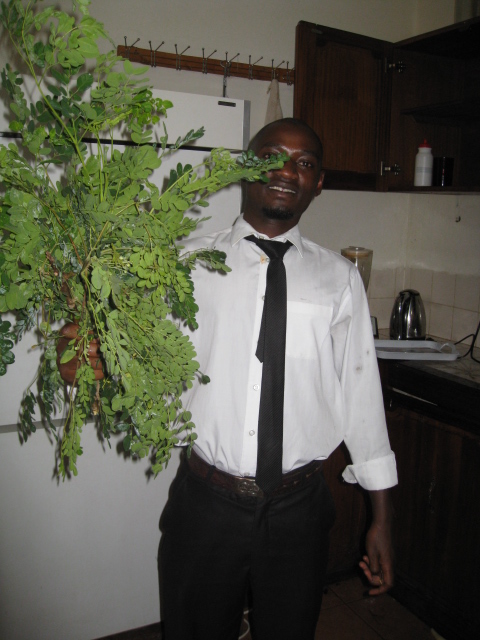
Enthusiasm keeps building. PIH’s Food Security Program has been growing Moringa in their training garden for a while now, but had previously not used it much. When I shared my excitement about Moringa during a tour of the garden, Sebu, the PIH’s Food Security Program Coordinator, said he had been hoping to eventually incorporate it into the program, and invited me to give training and cooking workshops to the agriculture team. We’ve planted more Moringa in the garden for harvest and disseminated seeds to all households enrolled in the agriculture program, with the intention of building its presence through household-based training. Other farmers, organization leaders, and community members are giving land, labor and their voices to build awareness and access to this amazing plant.

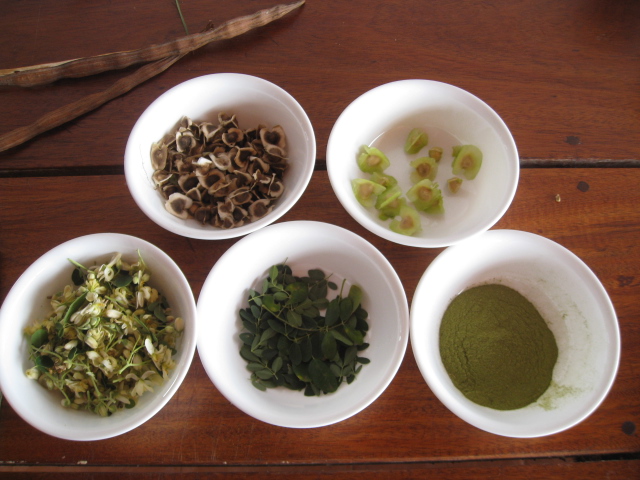


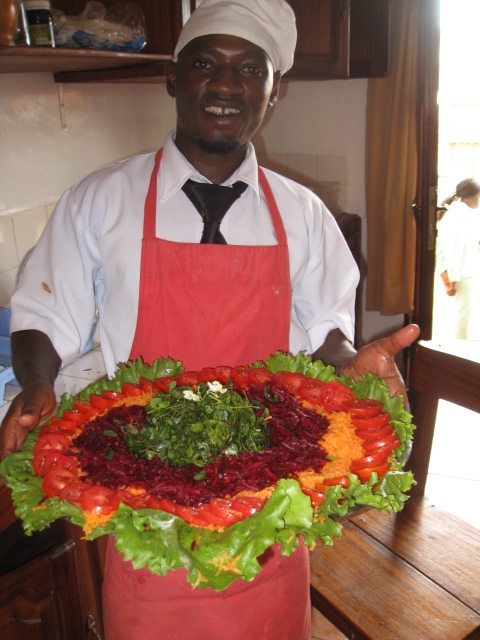
All of this has taught me something important. If you truly believe with all your heart in the potential of an idea, it’s worth talking about again. And again. We cannot tire in sharing our passion and ideas for improving health, for if we (those of us dedicating our lives to global health work) tire, who will be left to infect people with the enthusiasm for change?
———————————————————————————————————
References:
1. Anwar, F., Latif, S., Ashraf, M. and Gilani, A. H. (2007), Moringa oleifera: a food plant with multiple medicinal uses. Phytother. Res., 21: 17–25.
2. Dillard, C. J. and German, J. B. (2000), Phytochemicals: nutraceuticals and human health. J. Sci. Food Agric., 80: 1744–1756
3. Estrella, M. C. P., Jacinto Bias III, V., David, G. Z., & Taup, M. A. (2000). A double-blind, randomized controlled trial on the use of malunggay (Moringa oleifera) for augmentation of the volume of breastmilk among non-nursing mothers of preterm infants.
4. Foidl, N., Makkar, H. P. S., & Becker, K. (2001). The potential of Moringa oleifera for agricultural and industrial uses. The Miracle Tree: The Multiple Attributes of Moringa, 45-76.
5. Gopalan, C., Rama Sastri, B. V., Balasubramanian, S. C. (1989). Nutritive Value of Indian Foods. National Institute of Nutrition, Indian Council of Medical Research.
6. National Institute of Statistics of Rwanda (NISR) [Rwanda], Ministry of Health (MOH) [Rwanda], and ICF International. 2011. Rwanda Demographic and Health Survey 2010. Calverton, Maryland, USA: NISR, MOH, and ICF International.

